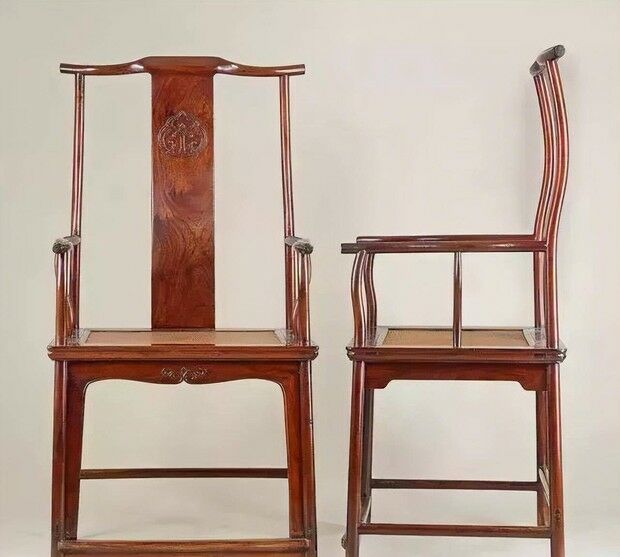Time-travelled treasure hunt: Beijing man’s chair gamble pays off with Ming Dynasty antiques

The 1980s saw a surge in shopping for antiques in China, with everyone rushing to explore the vintage markets in search of something historically valuable. This craze was also embraced by a man named Zhang, who brought home two old chairs, which later turned out to be Ming Dynasty antiques.
Zhang, an old man residing in Chaoyang district, Beijing, was a factory worker in a textile factory. At that time, Beijing was the most renowned hub for antique collection in China. Consequently, several markets sprouted to cater to the buyers’ demands, including the famous Panjiayuan market.
Zhang often visited the vintage markets during his free time. Despite his fondness, he rarely spent money on antiques, partly due to economic constraints and partly because he believed the antique market was too risky, given the uncertainty of authenticity. Some people struck gold by buying valuable items with little money, akin to overnight lottery winners. Others spent a fortune only to acquire worthless items. Thus, he was reluctant to gamble on this venture.
Nevertheless, he frequently rode his tricycle to the market in the evenings to collect scrap iron in the surrounding area, where shopkeepers often discarded boxes or unused items. One day, he found two wooden chairs discarded. Although the seat boards were drilled through, the frames of the chairs were still robust and heavy, indicating they were made of solid wood. Ultimately, he decided to take them home, intending to modify them slightly for future use.

Once he got home, his children could not help complaining about their father bringing someone else’s rubbish home. However, Zhang quietly repaired the two chairs and placed them in a corner of the house. In his old age, with nothing to do, he would sit on these chairs during his free time or when he was bored of collecting scraps. His grandchildren had no interest in touching them, considering them just old, broken chairs left to rot. Sometimes, they even moved them to the warehouse to keep the house tidy.
However, in 2011, Zhang’s grandson grew up and was eager to buy a house in Beijing for his impending marriage. However, the rapidly rising real estate prices in Beijing were beyond the economic capabilities of the Zhang family.
One day while chatting with a group of old friends living nearby, he mentioned the two old chairs he had collected. One of them laughed and suggested, “Could be antiques. Why don’t you take a photo and send it to an expert?”
Zhang took his friend’s words seriously. He rushed home to photograph the chair and sent it to the international auction company in Beijing, Jiayu.

After expert evaluation, the two chairs turned out to be “400-year-old pear-shaped golden chairs” from the Ming Dynasty, which might have been used in the royal palace or at least owned by some nobles. It is well known that pear wood, also known as huanghuali, and zitan wood was popular for household items during the Ming Dynasty. At that time, this wood was considered a special decoration of the court. Furthermore, the fact that these wooden chairs were royal items from the Ming Dynasty significantly increased their value.
On July 24, 2011, Zhang’s “rotten chairs” appeared at the auction and were sold for 23 million yuan (more than 111 million baht). When the auctioneer’s hammer fell for the last time, it was an amount that Zhang had never imagined. He felt he had to thank his habit of collecting discarded items, which unexpectedly made him feel like he had ascended to heaven and allowed him to have a large amount of money to help his grandson buy a house and get married.

Latest Thailand News
Follow The Thaiger on Google News:


























